There are a few ways to approach the Buam-dong‘s tranquil pocket in Seoul. Nestled between two mountains – Inwangsan and Bugaksan, the area has the feel of somewhere far from downtown Seoul.
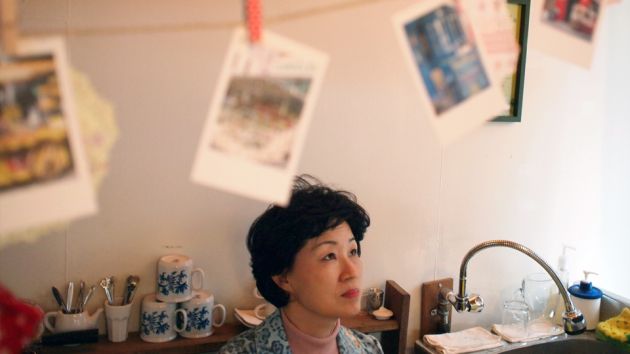
Indeed, one shop owner described the neighborhood as, “too quiet for a serious business.” And yet, that entrepreneur and many others in Buam-dong hope their peaceful piece of Seoul stays the way it is.
On a recent visit to the top of Inwangsan mountain, my friend and I walked along the old Seoul Fortress walls that follow the mountain’s ridge.
In 1968 North Korean spies took a similar route in their attempt to assassinate South Korea’s president. Along the way they killed the chief of the local police station, whose likeness is celebrated in a bronze bust, located near the entrance to Buam-dong (부암동).
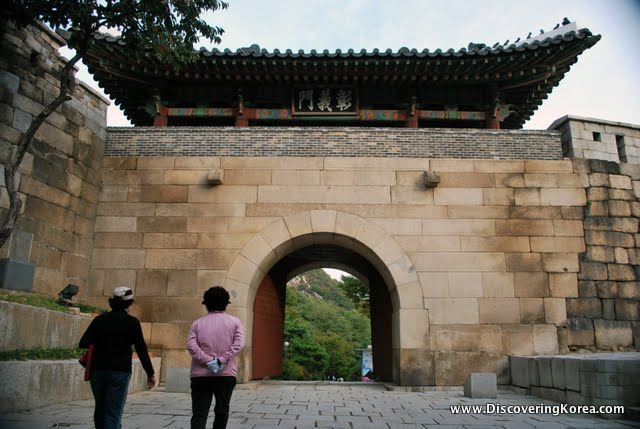
Despite its dramatic history, today the gate into Buam-dong is decidedly peaceful, guarded by Changuimun (창의문), the oldest of Seoul Fortress’s four small gates.
Built of granite and wood in 1396 when Seoul was established as the capital of the Joseon Dynasty, the current gatehouse dates to 1740.

It’s a distinguished entry point to a decidedly unpretentious piece of Seoul. Buam-dong is home to modest one- and two-story residential units punctuated by audacious splashes of turquoise and yellow paint.
Until recently, one conspicuous building just inside the gate was painted a deep red with the words “Life is suddenly” painted in white at the bottom.
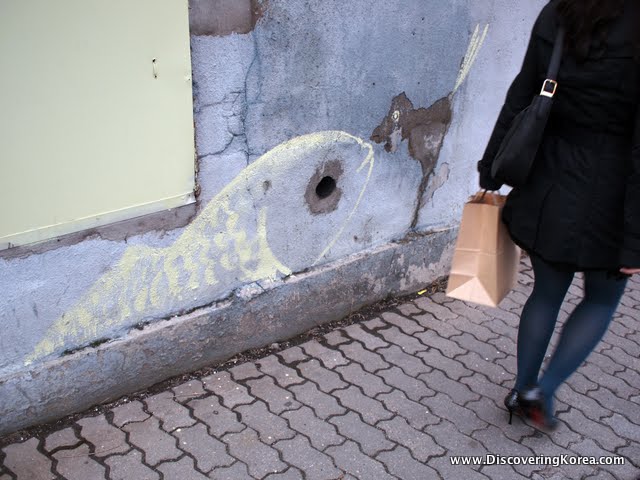
Although very little of sleepy Buam-dong seems “sudden,” many of the area’s residents like their neighborhood as is. Trouble is, the secret is getting out as more and more people are experiencing the charms of this backwater neighborhood of central Seoul’s Jongno-gu district.

As a result, today there’s a handful of cute shops – a bakery specializing in cupcakes, a flower shop, a tea house and a wine bar line a couple of blocks along Changuimun-gil.
The good news is that despite the growth, the establishments are maintaining the local charm.
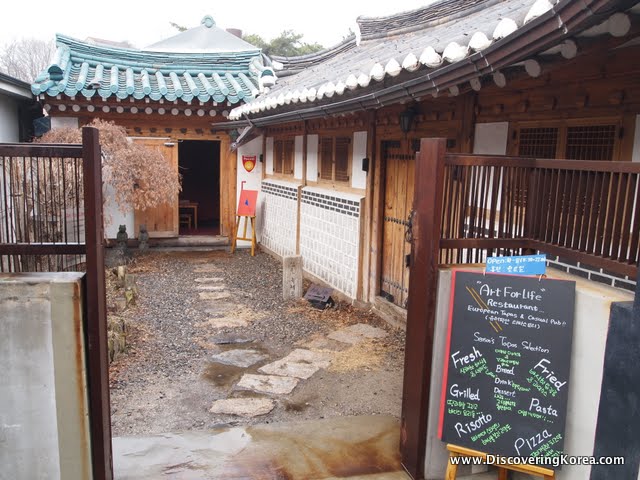
This charm is no doubt cultivated by Buam-dong’s relative inconvenience – after all, residents are likely to be people who like all that city life has to offer and yet also wish to escape it.
In turn, these creative residents have opened a handful of wonderfully idiosyncratic cafés, restaurants and galleries.
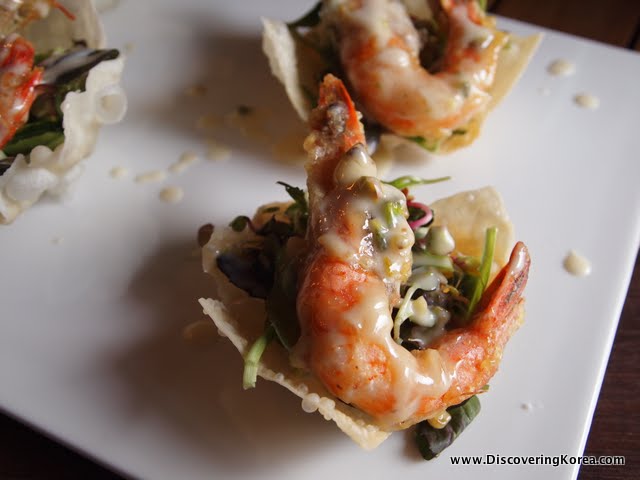
A great example is Seong Pil-gwan. After many years as a classical musician performing with the Paris Symphony, he returned to Seoul and opened Art for Life in a refurbished hanok.
The attractive space serves equally attractive food, albeit in small tapas-style portions at higher-than-expected prices.
Among Buam-dong’s hotspots, the Whanki Museum (환기미술관) is one of the best loved. Comprised of a library, art shop and a café, the museum showcases work inspired by the Korean abstract painter.
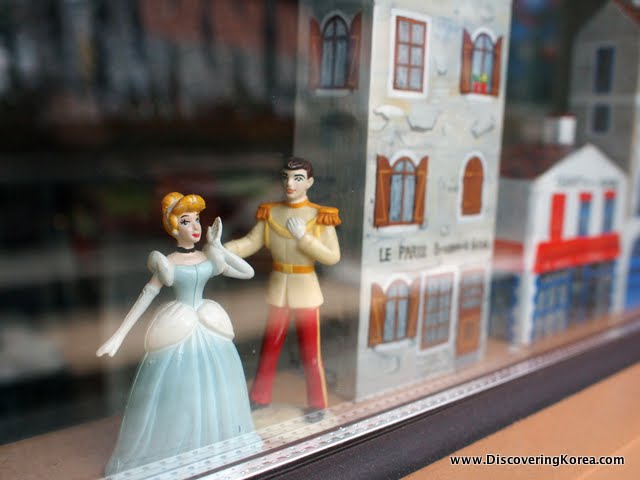
Another local highlight is Ivy, a tiny yellow café that contains just three tables. A row of Poloroid photos hang on a line and a small row of books rest upon a window sill.
While there, I ordered a cup of hibiscus tea that came in a wonderful shade of garnet. The proprietor said the café could be rented out for a cozy evening with your friends for just 50,000 won.
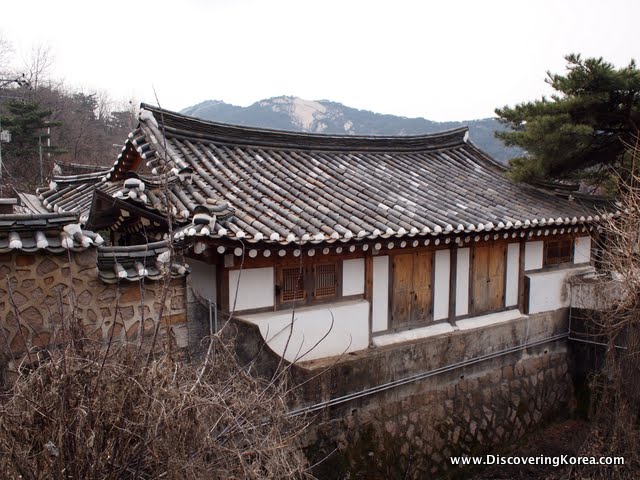
Thanks to its innumerable charms, Seoul’s stylish crowd and a handful of amateur photographers can be seen milling about on a lazy weekend.
Even I’ve often thought about making this neighborhood my new home… but then I remember it’s a good 20-minute walk to the nearest subway station, and even bus service is infrequent.
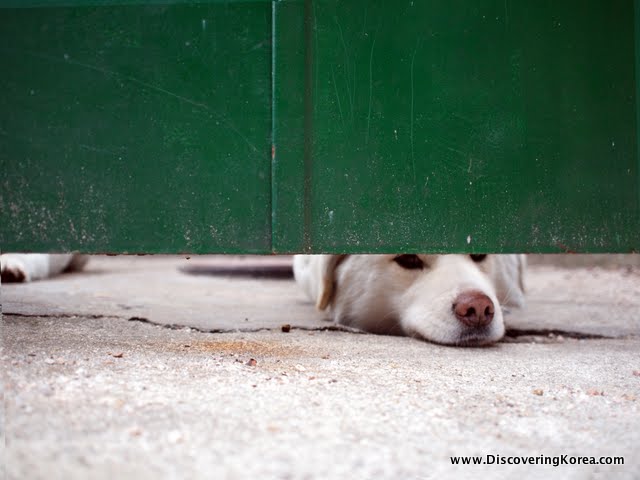
Of course, it’s the remoteness that’s preserved it as a quirky neighborhood, and I guess the trek there is a small price to pay for Buam-dong’s tranquil pocket of Seoul.
About Matt Kelley
Matt Kelly is native of the US Pacific Northwest and is half-Korean by ethnicity. He lived in Korea for five years and has written hundreds of travel guides for Wallpaper, TimeOut, the Boston Globe and Seoul Magazine and was a host for several different variety shows on Korean radio and television.
